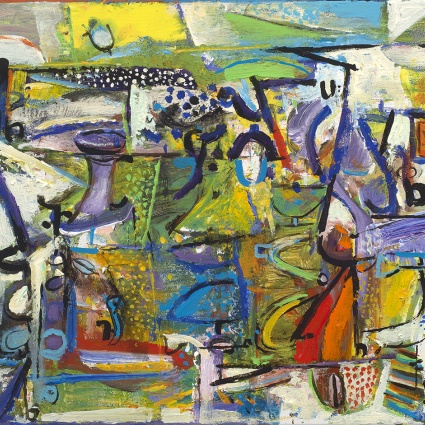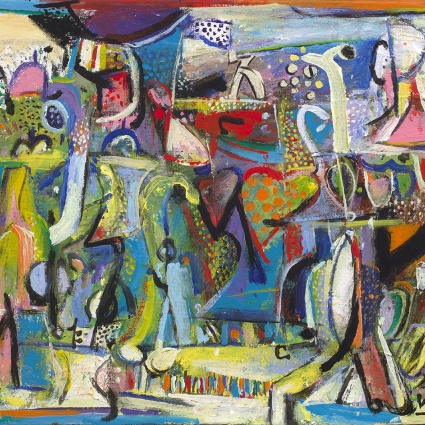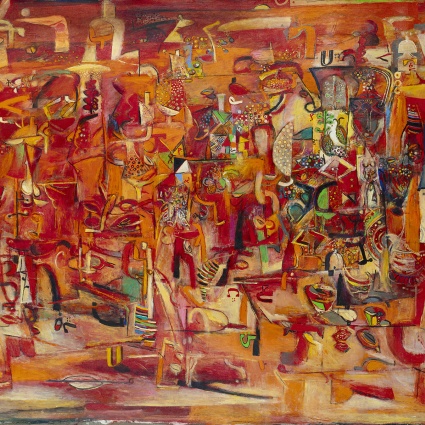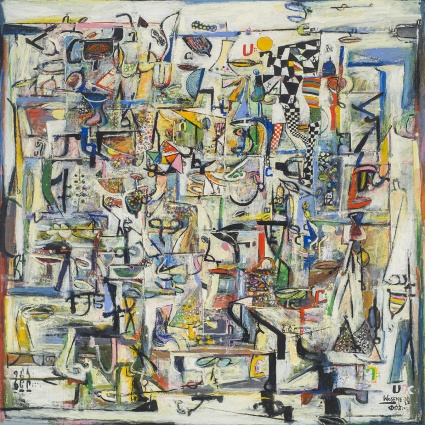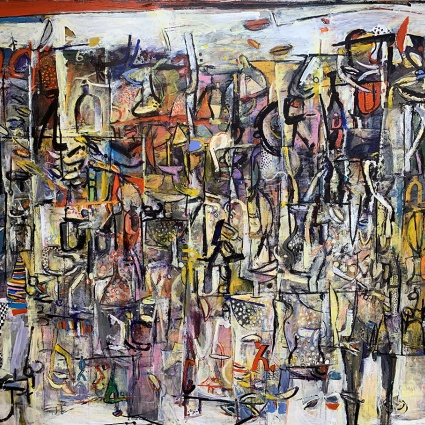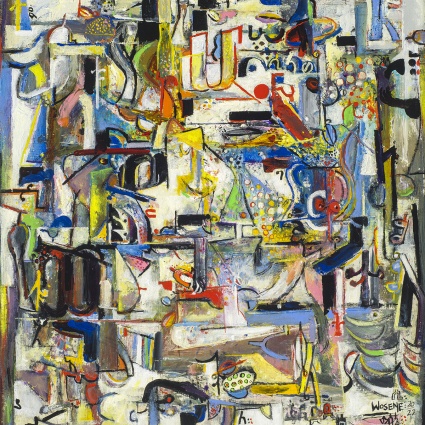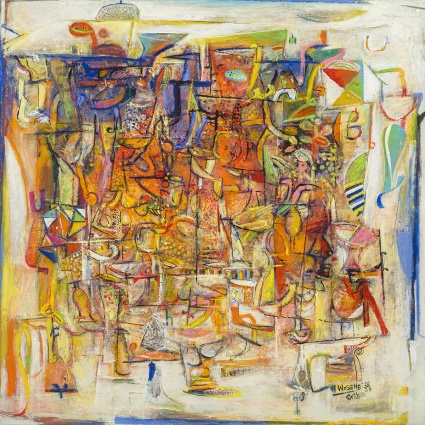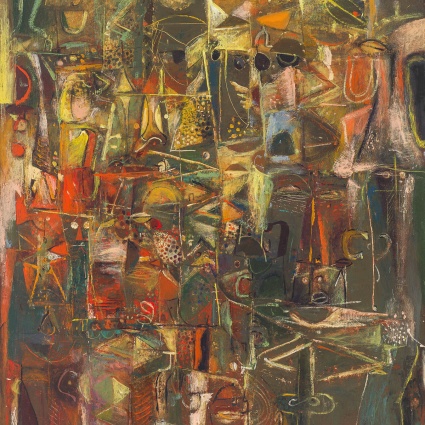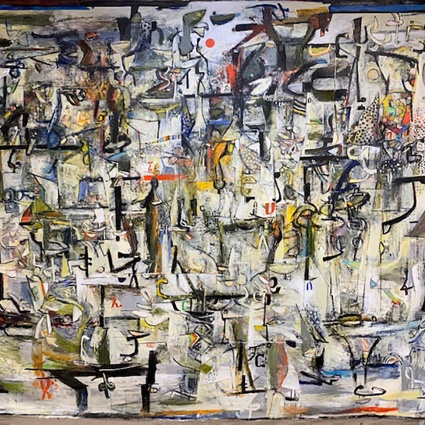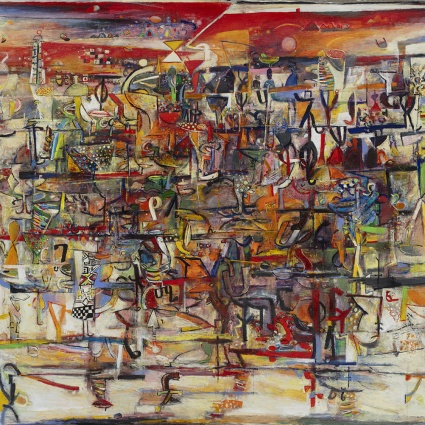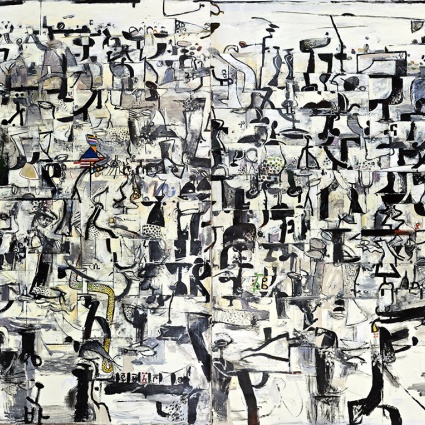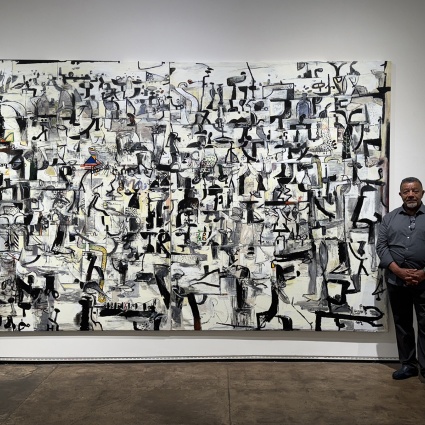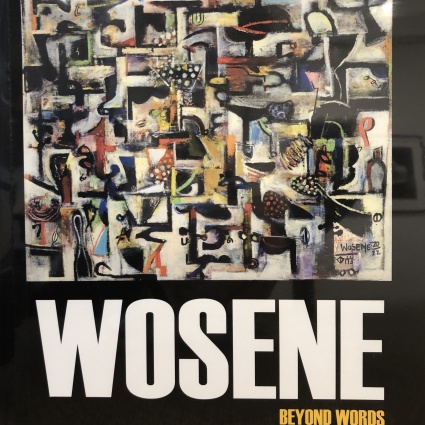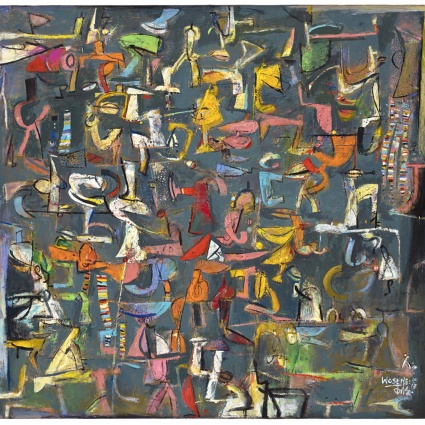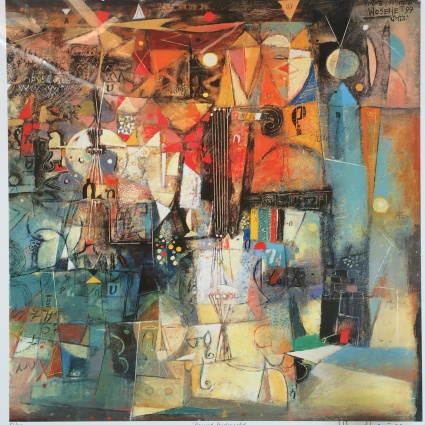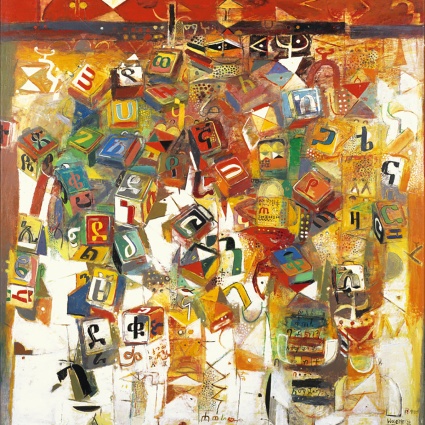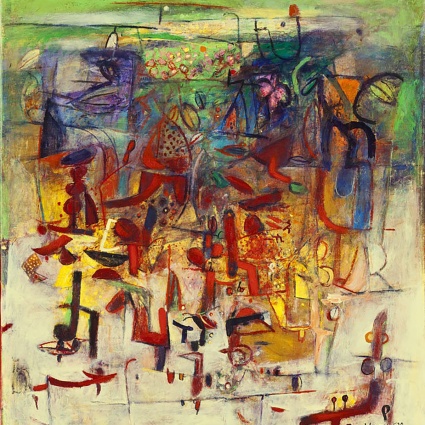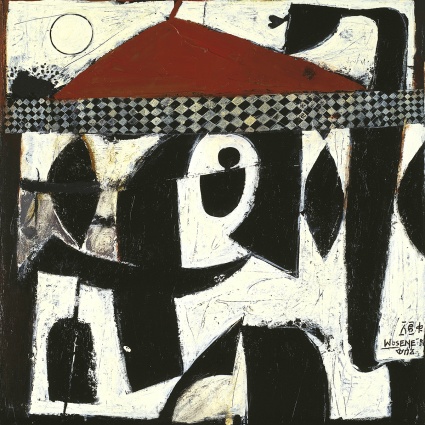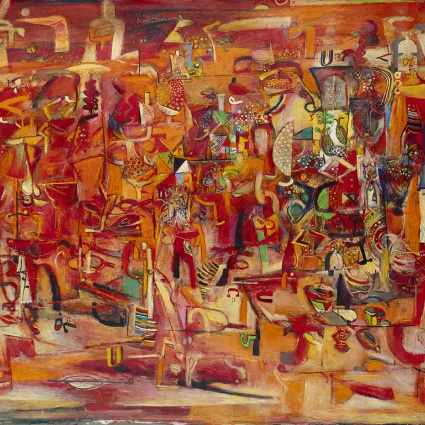Wosene Worke Kosrof
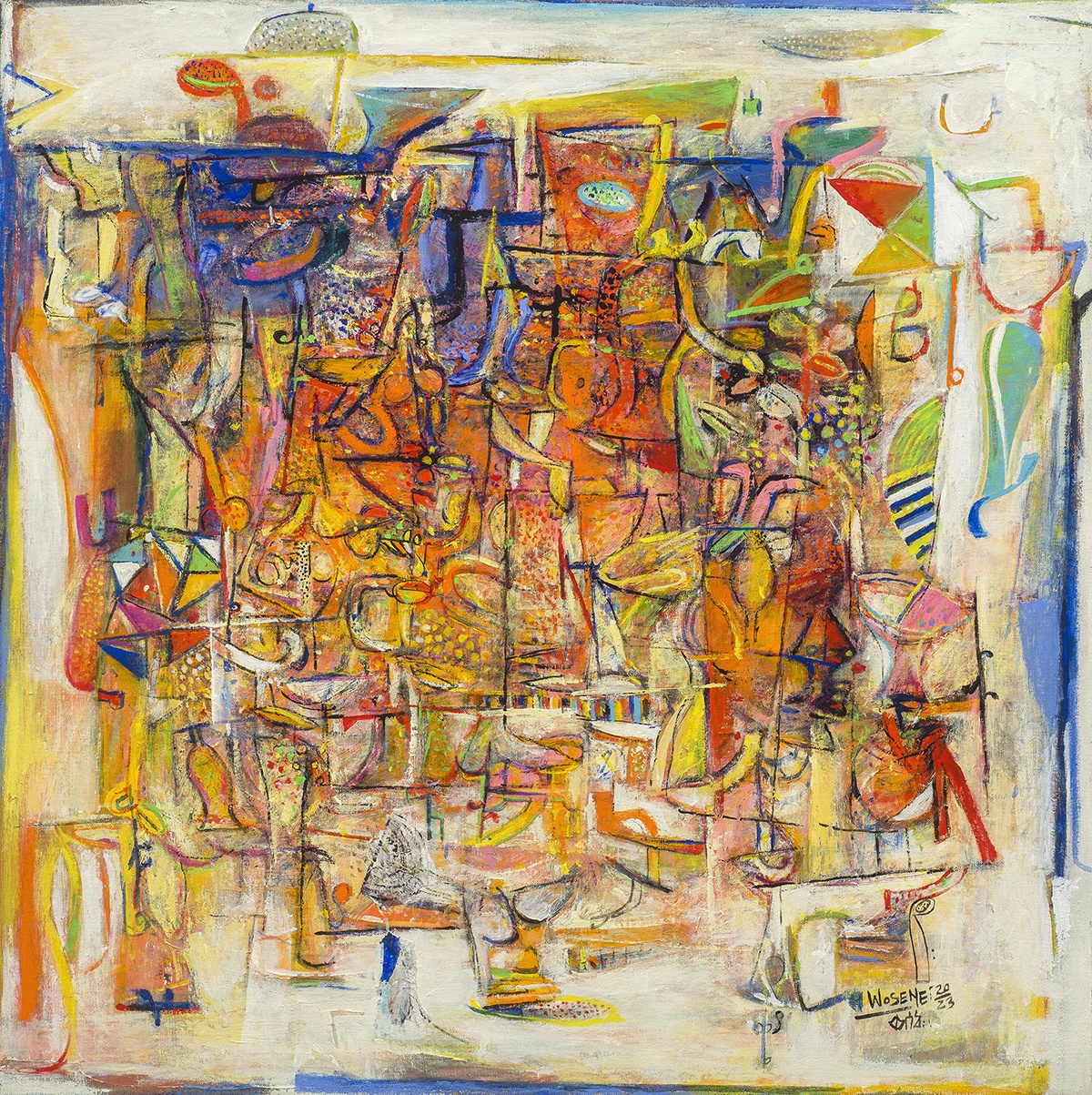
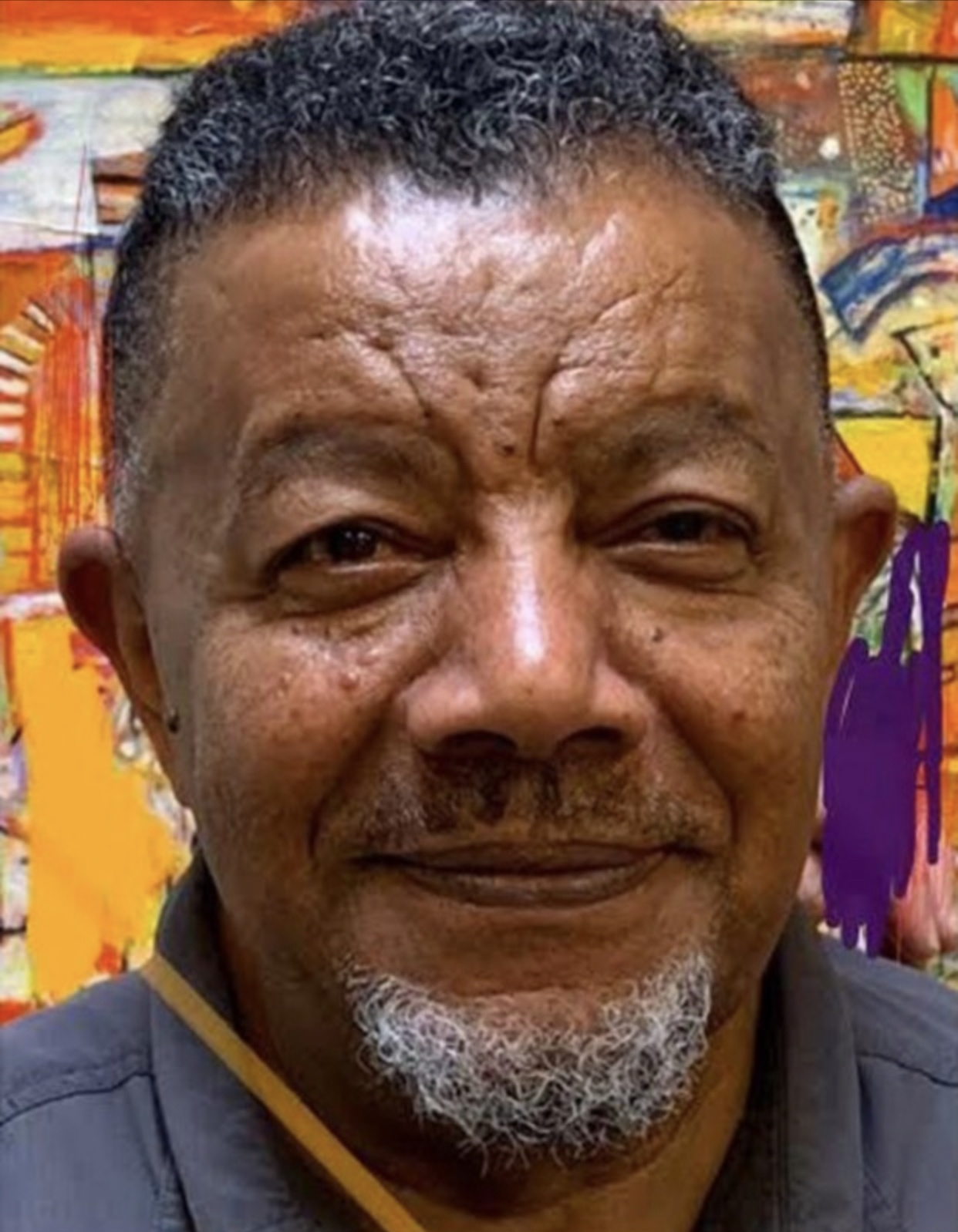
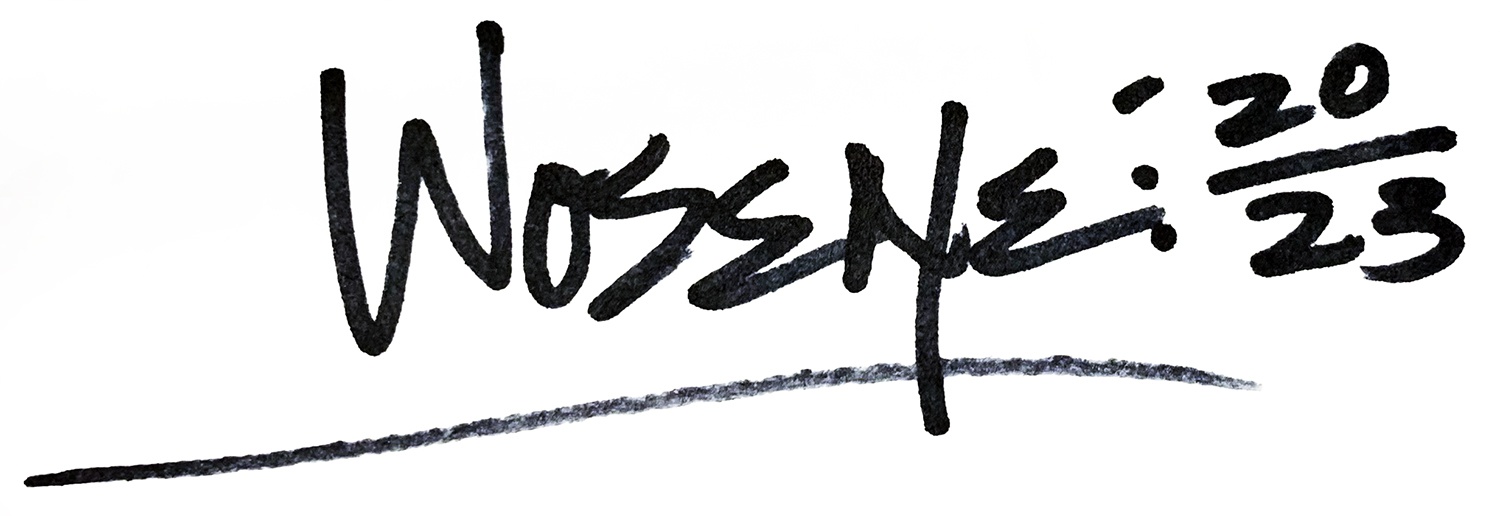
Wosene Worke Kosrof
I am the first Ethiopian-born painter to transform Amharic script forms into contemporary abstract art, and these script-images are now internationally recognized as my ‘artistic signature.’ Amharic, derived from the ancient language Ge’ez, and a major modern language of Ethiopia, is one of the few written linguistic systems indigenous to Africa. Though Ethiopia has centuries-old traditions of two-dimensional art that include script, such as Coptic icon paintings underscored by written narratives, the script symbols themselves were never developed as a fine art form.
During more than forty years, I have produced six major series of paintings in which I define an ‘aesthetics of script’: Graffiti Magic (1980-1987); Africa: The New Alphabet (1988-1994); Color of Words (1995-2003); Words: From Spoken to Seen (2004-2008); WordPlay (2009-2021); and, in my current series Beyond Words (2021-present), painting becomes an intense process of ‘dialoguing’ with the script images, exploring the versatility and playfulness of their surfaces and interiors, dissecting their ‘skeletal’ structures, observing the ways they move, interact, and intersect. I elongate, distort, invert, dissect, and recombine their shapes and volumes, and turn them inside out to discover their moods, tempers, and personalities. On canvas, the script images are divested of literal meanings and become gesture, dance, music, movement, and stories of the human drama.
I don’t pre-sketch paintings; my process is inchoate and exploratory: the interplay of accident and intention, curiosity and discovery, mastery and uncertainty. Quick-drying acrylics allow me to easily build and destroy colors and figures on canvas. I use a wide-ranging palette, from bold primary colors to muted tones that look almost repellent on my palette, but that smoothly integrate into a composition; to black and white paintings with bare touches of color; to works in several tones of a single color.
Since my student years at the School of Fine Art in Addis Ababa (1967-1972), American jazz has asserted a significant influence on my painting. Like jazz music, the script provides a repertoire of dense, yet supple, elements that lend themselves well to visual improvisation. Jazz also influences my sense of composition: like improvisational music, the language symbols can be juxtaposed on canvas in nonverbal ‘word-plays’ to create a visual language of form and color, rhythm and movement.

